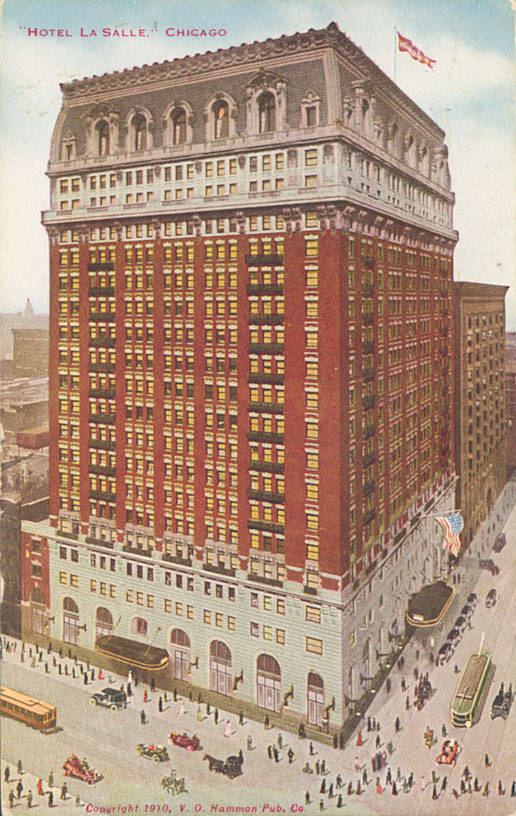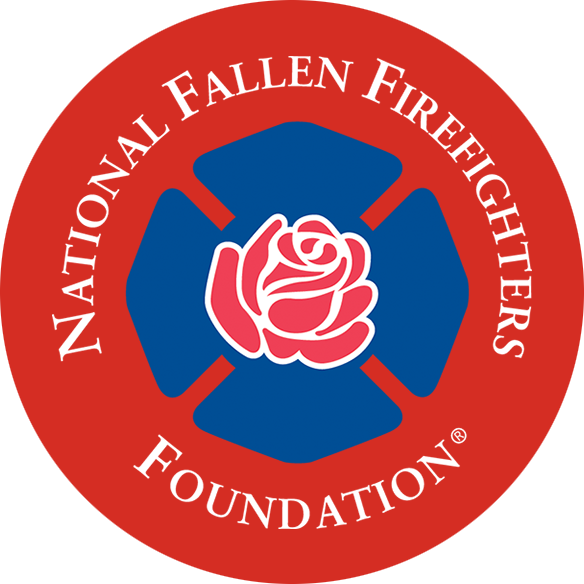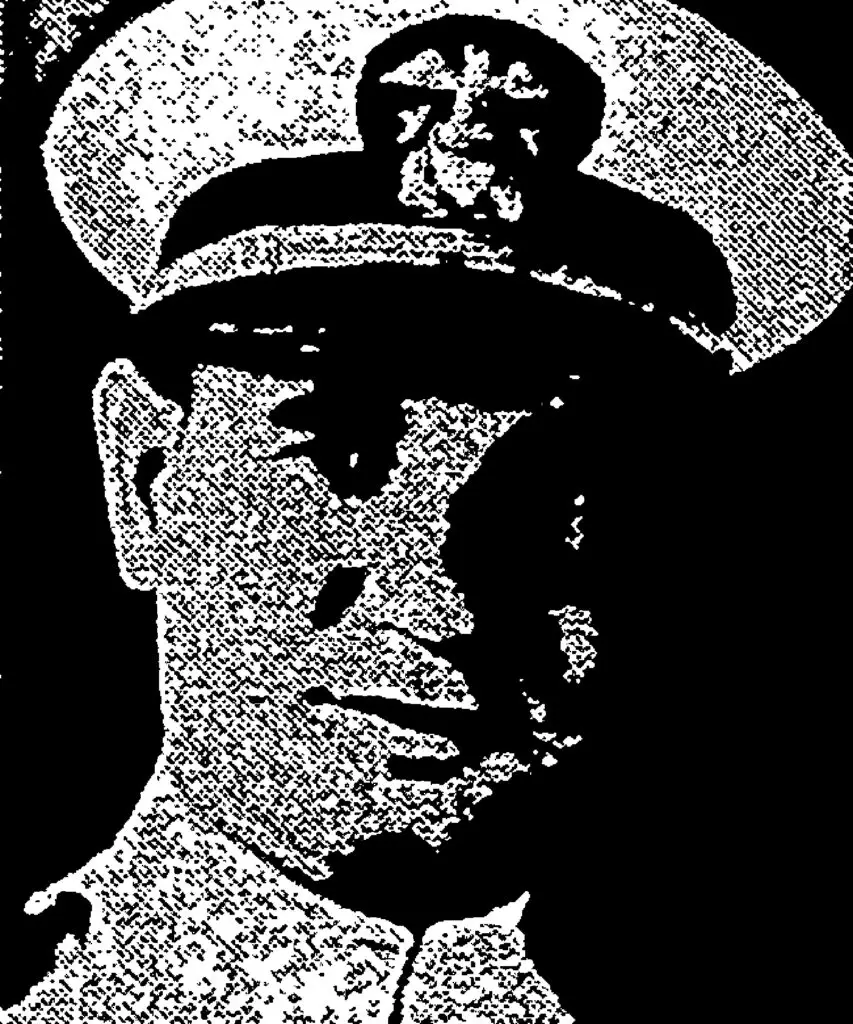Incident Date:
June 5, 1946
Department:
Chicago Fire Department (IL)
Number of Line-of-Duty Deaths:
1
Shortly after midnight on June 5, 1946, a fire was discovered in the Silver Grill Cocktail Lounge at the LaSalle Hotel, which was located on the corner of LaSalle and Madison Streets. Revelers at the bar smelled smoke first, and then saw flames coming from under the decorative wood wall paneling. Lounge employees tried put out the fire with a seltzer bottle; when that didn’t work, they tried sand. But unable to extinguish it themselves, they called the fire department for help at 12:35 am.
Within minutes of the alarm, Chicago Fire Department’s Engine 40, Hook and Ladder 6, and Squad 1 arrived at the scene along with Battalion Chief Eugene Freemon. Upon their arrival, firefighters found a wall of flames in the lobby. Battalion Chief Freemon sent his driver to the closest alarm box to tap out the 2-11 alarm. Approximately 10 minutes later, Division Fire Marshal James Gibbons arrived and ordered the 5-11 alarm. These alarms brought more apparatus and over 300 firefighters to the scene.
Smoke and flames quickly traveled to the mezzanine level and then up the two open staircases to the upper floors—just like a chimney. Firefighters battled the flames in the lobby while others headed up the fire escapes and knocked on doors to evacuate occupants. Up on the fourth floor of the building—where lights and emergency exit signs had gone out shortly after the fire began—firefighters made a human chain to lead hotel guests to the fire escape. Crews on the exterior of the building rescued occupants from the lower floors with ladders. Service members who were hotel guests deployed hotel fire hoses on the floors above the lobby, but water in the hoses was only partially turned on; due to the fear that the old lines would burst under higher pressure. In fact, after the fire, questions about the condition of the hotel’s fire hoses would arise; it was found that some hoses would crumble just by being handled.
Once the fire in the lobby was under control, Chief Freemon led crews into the building to search for victims. The weakened mezzanine collapsed onto the 30 firefighters below—but the firefighters were quickly rescued and went back to their work. Chief Freemon and the firefighters then made it up to the 6th floor. Overcome by the heat and smoke, Chief Freemon collapsed and was transported to a nearby hospital where he died of smoke inhalation.
Official Department Timeline
Still Alarm
12:35 amBox and 2-11 Alarm
12:40 am3-4-5-11 Alarms
12:45 amSpecial alarm for 10 additional engines
1:16 amFire in the elevator shaft on the 18th floor
8:30 amThe LaSalle Hotel

This 23-story hotel, constructed in 1909, was celebrated as the “most modern hotel outside New York City” at the time. It emphasized exceptional hospitality, offering amenities such as a bellhop, barber shop, fine dining restaurant, and evening entertainment. In its prime, the hotel’s Fountain Blue Room was Chicago’s most popular spot for socializing and being seen. During an extended stay in the city, President Taft even used the Presidential Suite as his temporary White House. Gene Kelly recalled that the only time he ever fell during a live performance was on the dance floor at the LaSalle Hotel in 1933. The actor/dancer slipped on a grease spot and fell, breaking his arm.
In 1946, the Silver Grill Cocktail Lounge was adjacent to the lobby,. Both the lobby and the lounge were decorated with high-gloss varnished wood panels.
The LaSalle hotel did not have sprinklers, smoke detectors, or fire alarms for fire protection. And although the hotel had been cited for fire code violations just one month before the fire, those issues had not been corrected before the fire occurred. It was later noted that there were at least 12 fires in the hotel that year, only 4 of which had been reported. Authorities also noted that the hotel had been notorious for fire code violations since the 1920s.
Despite being restored after this tragic fire, the hotel never regained the acclaim it once possessed. It was demolished in 1976 and replaced with an office building.
More Images of the LaSalle
The Victims
On the night of the fire, all 886 rooms of the hotel were occupied. In addition to the hotel guests, there were patrons in the lounge adjacent to the lobby where the fire started.
Most of the 61 victims, including Battalion Chief Freemon, died of smoke inhalation early in the fire’s progression. Also claimed by the fire were five teens from Newton, Iowa, who had just graduated high school. The trip to Chicago was a present from their parents.
More than 200 were injured, with at least 30 requiring hospital treatment. Numerous children were also hurt in the fire. Doctors and nurses took over the City Collector’s office to treat some of the injured, administering oxygen to those affected by the smoke.
The majority of the guests on the upper floors were able to use the fire escape. Over 150 hotel guests below the 8th floor were rescued by firefighters using ladders. Other guests, including a woman with a child in her arms, jumped from the upper floors to avoid the flames and smoke.
A make-shift morgue was set up at City Hall to accommodate all the victims and allow for their identification. Once their identity was known, many of the victims were transported to their home states by railcar.
“The suffering was as bad as anything I saw during the German buzz-bomb raids on London.”
- James H. Carnahan, Director of First Aid, Red Cross
Cited for Their Courage
Days after the fire, the Chicago city council adopted resolutions recognizing the sacrifice of Battalion Chief Freemon and hotel employee Mrs. Julia Berry.
Mrs. Berry, the hotel switchboard operator who placed the call to fire department, also perished in the fire. Hailed as a heroine, she reported the fire and stayed at her post to alert hotel guests of the danger. Fellow classmates at the Chicago Vocational School, with support of the Chicago Sun, started a fund to help Mrs. Berry’s 16-year-old son Jack, who was left orphaned by the fire. In addition, the Chicago Telephone Traffic Union started a fund to help Mrs. Berry’s son, even though she had not been not part of their union.
Also lauded as a heroine was Fawn, the seeing-eye German shepherd who led her owner Juanita Blair down the smoke-filled hallway to a fire escape and then to safety. She was awarded a certificate of heroism from the Anti-Cruelty Society of Chicago.
The Aftermath
This tragedy brought scrutiny of fire prevention measures and code violations at other Chicago hotels. A blue-ribbon panel was established by the coroner’s office to investigate the LaSalle Hotel fire.
Following this deadly fire, the City of Chicago introduced numerous new fire safety measures such as automatic alarm systems and evacuation instructions posted in every room. Several inquests into the hotel fire as well as code violations at other venues led city officials to consider a law making it the duty of the hotel management to report all fires and to instruct hotel staff what to do in the event of a fire.
The Chicago Fire Department also adopted a greater use of two-way radios to communicate and call for additional resources.
Took the mandatory reporting out just because it is mentioned later in this section.





